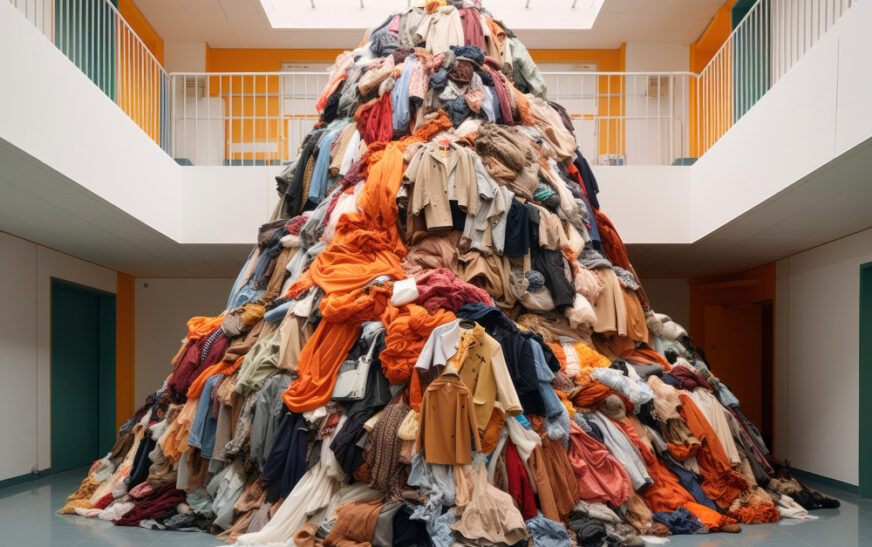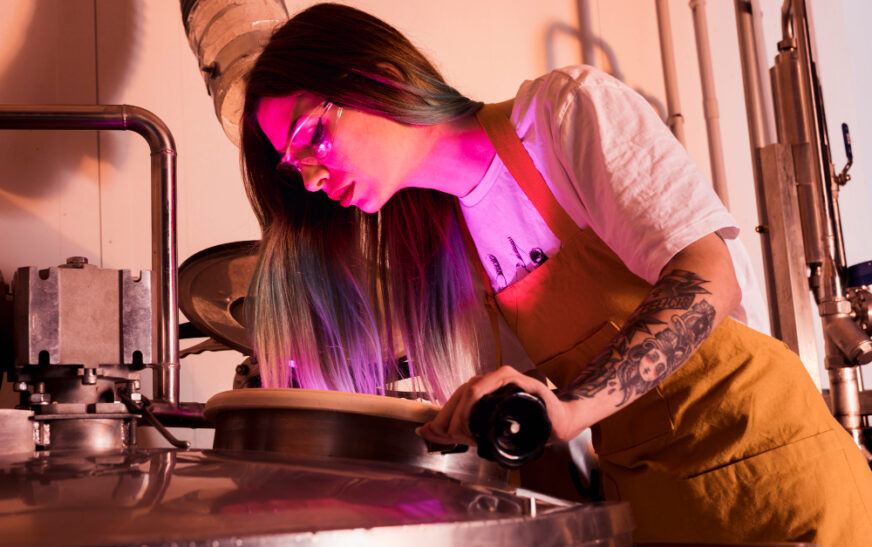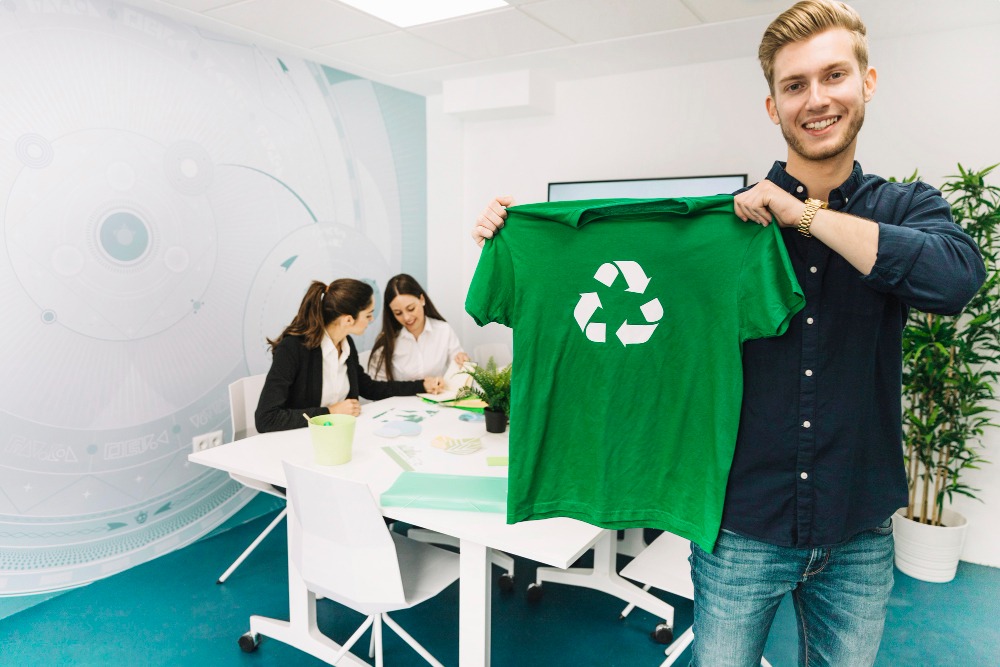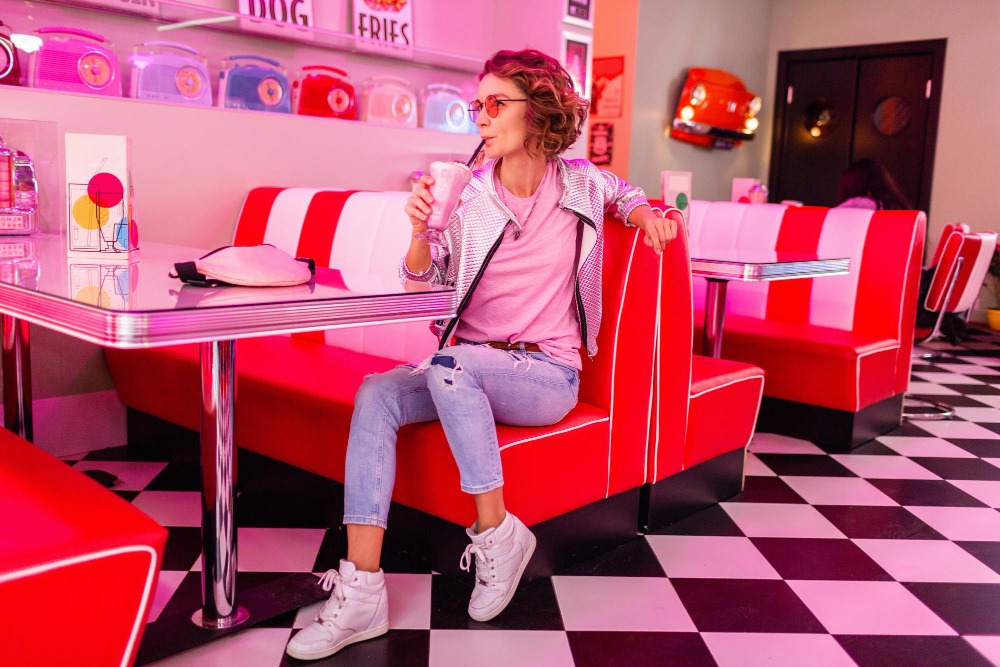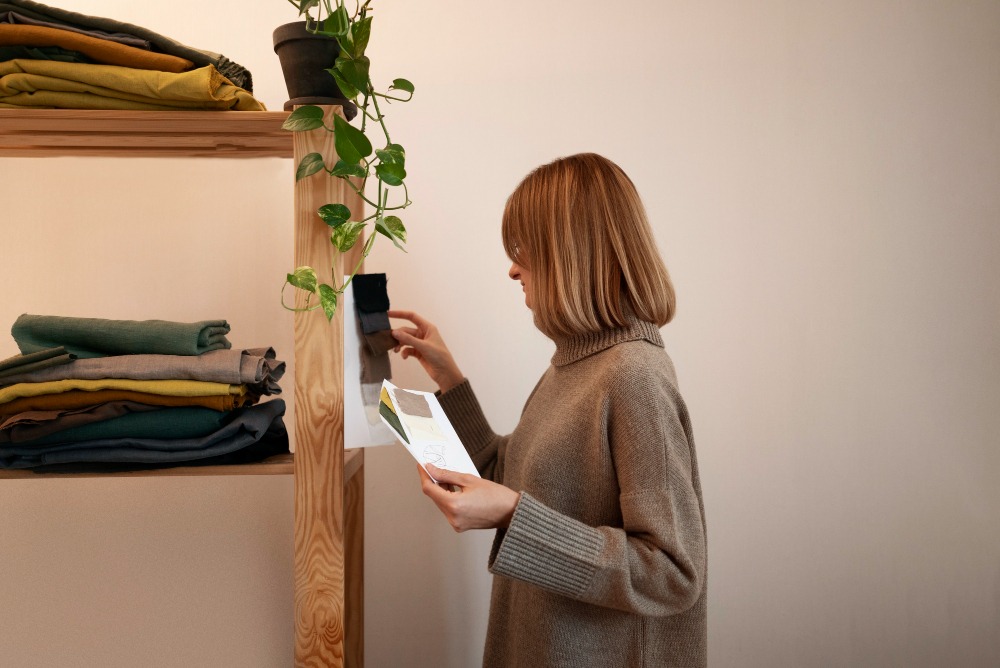For decades, haute couture has been synonymous with luxury, exclusivity, and the finest new materials. But in a world increasingly concerned with environmental impact, a revolutionary movement is shaking the very foundation of high fashion: upcycled haute couture. This blog delves into the world of upcycling, exploring how it’s transforming the fashion industry by creating breathtaking garments from pre-loved and discarded textiles, all while reducing textile waste.
Beyond the Landfill: Reimagining Fashion Through Upcycling
Fast fashion’s relentless cycle of production and consumption has created a significant environmental crisis. The textile industry is a major polluter, contributing to greenhouse gas emissions and textile waste. Upcycling offers a powerful solution, giving new life to discarded clothing and textiles, promoting sustainability, and challenging traditional notions of luxury.
- What is Upcycling? Upcycling takes unwanted materials and transforms them into new products with a higher value and purpose. In the context of fashion, upcycled clothing involves creatively reusing pre-loved garments, scraps, or discarded textiles to create new, unique pieces.
Haute Couture Gets a Sustainable Makeover
Upcycled haute couture elevates the concept of upcycling to the realm of high fashion. Here’s how it redefines luxury:
- Uniqueness and Innovation: Each upcycled haute couture piece is a one-of-a-kind creation. Designers utilize their skills and creativity to transform ordinary materials into extraordinary garments, pushing the boundaries of design and innovation.
- Sustainable Storytelling: Upcycled garments carry a story. They represent a conscious choice, a commitment to reducing waste, and a celebration of resourcefulness. This narrative adds a new dimension to luxury, one that resonates with environmentally conscious consumers.
- Craftsmanship and Heritage: Upcycled haute couture often involves intricate handwork and traditional techniques like embroidery, beading, and tailoring. This focus on craftsmanship elevates these garments to the level of fine art, rivaling the meticulous construction of traditional haute couture.
From Rags to Riches: The Creative Process of Upcycled Couture
Creating upcycled haute couture demands a unique skillset:
- Sourcing Materials: The hunt for hidden gems is a crucial aspect of upcycling. Designers scour vintage stores, thrift markets, deadstock warehouses, and textile salvage companies to find unique materials with potential.
- Deconstruction and Selection: The chosen garments are meticulously deconstructed, with each piece analyzed for its potential. Fabrics are separated, cleaned, and categorized according to color, texture, and weight.
- Design and Innovation: Based on the available materials, designers develop sketches and patterns, maximizing the potential of each piece. This involves utilizing creative cutting techniques, patchwork, and innovative combinations of textures and colors.
- Intricate Construction: Upcycled haute couture involves a high level of craftsmanship. Skilled tailors and seamstresses meticulously reconstruct the garments, incorporating handwork, embellishments, and intricate details.
Transforming Challenges into Opportunities
While upcycled haute couture offers a path toward a more sustainable fashion future, it presents unique challenges:
- Sourcing Materials: Finding high-quality, unique materials consistently can be difficult. Designers need to be resourceful and patient to build a collection.
- Time and Labor: The deconstruction, design, and reconstruction process can be incredibly time-consuming and labor-intensive, impacting production speed and cost.
- Gaining Recognition: Upcycled haute couture is still a niche market within the established world of haute couture. Gaining recognition and acceptance from fashion critics and luxury consumers requires ongoing efforts.
Paving the Way for a Sustainable Future
Despite the challenges, upcycled haute couture offers a glimpse into a more sustainable future for fashion:
- Reduced Textile Waste: By giving new life to existing materials, upcycled clothing diverts textiles from landfills and reduces the industry’s environmental footprint.
- Promoting Responsible Consumption: Upcycled haute couture challenges traditional notions of luxury, encouraging consumers to embrace pre-loved clothing and appreciate the value of craftsmanship.
- Inspiring Innovation: Upcycled fashion pushes the boundaries of design and encourages experimentation with new techniques and materials. This fosters innovation throughout the fashion industry.
- Empowering Local Artisans: Upcycled haute couture often relies on the skills of local tailors, seamstresses, and artisans. This supports traditional crafts and empowers local communities.
Leading the Charge: Pioneering Upcycled Haute Couture Designers
Several visionary designers are leading the upcycled haute couture movement:
- Iris van Herpen: This Dutch designer is known for her avant-garde creations, often incorporating upcycled materials like plastic bottles and discarded fishing nets.
- Marine Serre: This French designer champions sustainability through her collections, featuring reconstructed vintage clothing and innovative uses of deadstock fabrics.
- Viktor & Rolf: The Dutch design duo isn’t afraid to challenge conventions. Their upcycled collections often feature deconstructed garments and a playful approach to luxury.
Embrace Upcycling: Joining the Sustainable Fashion Movement
While upcycled haute couture resides at the pinnacle of fashion, there are ways for everyone to embrace upcycling:
- Shop Second-Hand: Give pre-loved clothing a new life by shopping at thrift stores and vintage shops. You might find hidden gems waiting to be transformed!
- DIY Upcycling Projects: Get creative! Upcycle old clothes by adding embellishments, dyeing them a new color, or turning them into something entirely new.
- Support Upcycled Brands: Seek out brands committed to upcycling and sustainable practices. Look for independent designers and smaller labels leading the movement.
FAQS
- Isn’t haute couture all about new, expensive materials?
Traditionally, yes. Haute couture is known for its luxurious fabrics, intricate craftsmanship, and one-of-a-kind pieces. However, there’s a growing movement of haute couture designers embracing upcycling as a way to create unique and sustainable garments.
- How can upcycled clothing be haute couture?
- Skill and Creativity: Upcycled haute couture involves transforming used or discarded materials into stunning garments through skilled tailoring, embroidery, and innovative design techniques.
- Focus on Uniqueness: Each upcycled piece is unique, telling a story of the materials used and the creative process behind it. This exclusivity aligns with the essence of haute couture.
- The Value of Transformation: Haute couture isn’t just about the materials; it’s about the artistry and transformation. Upcycling elevates ordinary materials into extraordinary pieces, showcasing exceptional craftsmanship.
- Can upcycling reduce textile waste?
Absolutely! The textile industry is a major contributor to global waste. Upcycling helps divert used textiles from landfills and reduces the need for virgin materials.
- What are some benefits of upcycled clothing?
- Environmental Sustainability: Reduces textile waste and the environmental impact of fashion production.
- Promotes Ethical Fashion: Supports ethical consumption and production practices.
- Unique and One-of-a-Kind Pieces: Offers garments unlike anything found on the mass market.
- Increased Value of Clothing: Upcycled clothing can be seen as an art form, potentially appreciating in value.
- Are there any famous designers using upcycled clothing in haute couture?
Yes! Several renowned designers are incorporating upcycling into their collections:
- Marine Serre: A pioneer of upcycled fashion, her collections frequently use vintage finds and deadstock materials.
- Iris van Herpen: This Dutch designer pushes the boundaries of fashion with innovative techniques, often incorporating upcycled materials into her avant-garde creations.
- Viktor & Rolf: Known for their theatrical and thought-provoking designs, Viktor & Rolf have used upcycled elements to create conversation-starting couture pieces.
- Is upcycled clothing just for high fashion?
Not at all! Upcycling can be embraced at all levels of fashion. You can upcycle your own clothes, find unique pieces at vintage stores, or support sustainable fashion brands that use upcycled materials.
- Does upcycled clothing have to look worn or shabby?
Absolutely not! Upcycled clothing can be just as polished and stylish as traditionally made garments. The key is using high-quality materials and employing skilled design and tailoring techniques.
- Is the future of fashion sustainable?
Sustainability is a growing concern in the fashion industry. Upcycling, along with other initiatives like using recycled materials and reducing waste, is paving the way for a more sustainable future for fashion.
- How can I get involved in upcycled fashion?
- Get Crafty: Learn basic sewing skills and upcycle your own clothes!
- Shop Vintage: Vintage stores are treasure troves of unique pieces waiting to be reimagined.
- Support Sustainable Brands: Research brands that prioritize ethical and sustainable practices, including upcycling.
- Spread Awareness: Talk to friends and family about the benefits of upcycled clothing.
Conclusion
Upcycled haute couture is more than just a fashion trend; it’s a revolution. By transforming discarded materials into breathtaking garments, it challenges traditional notions of luxury and paves the way for a more sustainable future for fashion. As consumers become increasingly conscious of the environmental impact of fashion, upcycled clothing offers a compelling alternative, one that celebrates resourcefulness, creativity, and a deep appreciation for the beauty of transformation. So, let’s embrace upcycling, support sustainable practices, and rewrite the narrative of fashion, one stitch at a time.

